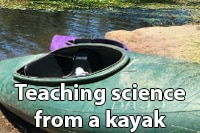
Get out on the water!
Taking the kids kayaking out on the local lake, dam or creek not only gives them something to do away from the screen, but it also brings a perfect chance to teach them about the environment whilst getting active! Of course, this is much easier to plan as a family friends outing but it is still achievable in a school if you plan this lesson as part of an outdoor activity with qualified instructors. So with this in mind, what can kids learn about the environment whilst in a kayak?
1. What is the water quality like?
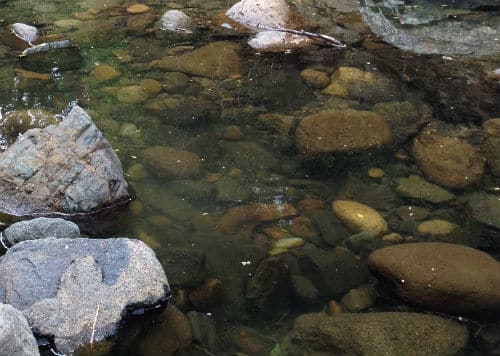
How ‘good’ is this water?
Several factors affect the water quality of any given waterway; the pH, the salinity plus presence of nitrates, phosphates and other dissolved chemicals. A quick trip to the local pool shop can get you some testing materials for a variety of chemicals.
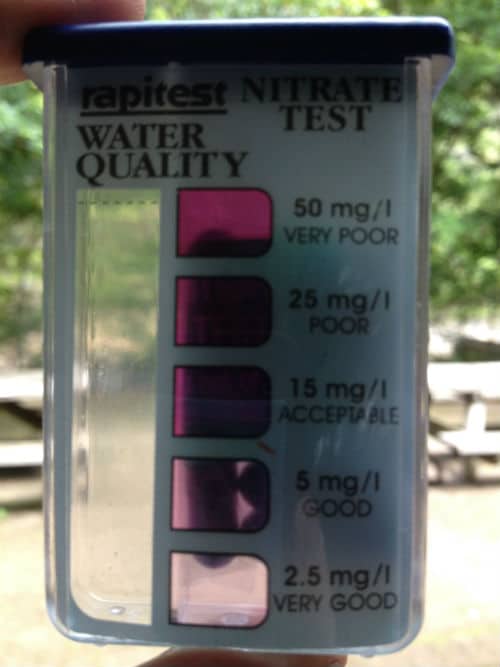
Has the water been affected by nutrient runoff?
Plus you can also make your own Secchi disk which gives a simple reading of how clear the water is. Also known as turbidity, the amount of dissolved solids in a waterway can affect the species living within a given waterway.
2. Just what are the plant communities around the edge of the waterway?

Plant community in Lake Parramatta, Sydney.
As you paddle the kayak along the waterway don’t forget to point out the types of vegetation you see. No-one is asking you to become a fully fledged botanist however you can at least discuss the vegetation type (is it a woodland or grassland?) or talk about how the vegetation changes with the surrounding topography. If you bring along a native vegetation filed guide your kids can spend time learning to identify plants by their flowers, bark, leaves and habit. maybe your kids can take plant specimens back to home or class and use a homemade plant press to start a herbarium (make sure you’re in an area where you’re allowed to take plant samples!).
3. Learn about invertebrates that inhabit reeds
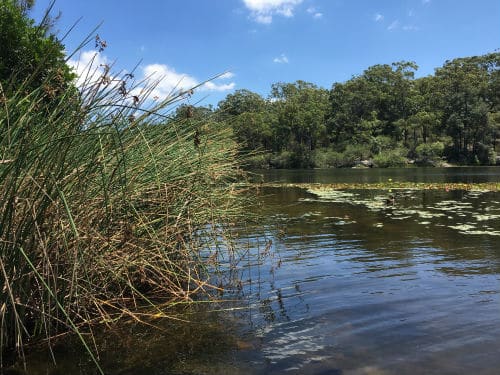
Reeds on the side of Lake Parramatta, Sydney.
Bring along some ice cube trays, spoons, dip nets and trays and you could spend quite some time sorting through a variety of aquatic organisms. If you have an identification book with you it can very much help with those tricky ID’s – we use Williams, W (1980). Australian Freshwater Life – Invertebrates Of Inland Waters. MacMillan Education.
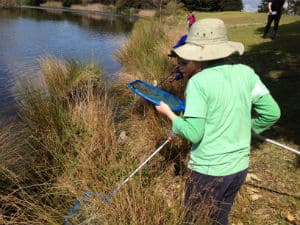
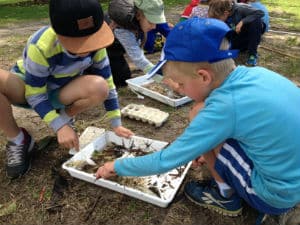
Try scooping amongst the reeds and riparian vegetation and compare this with bare areas.
4. Find out what lives amongst the rocks, sand & mud of the watercourse
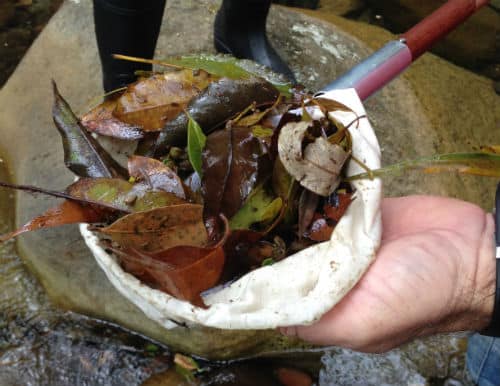
Are there any critters in this sample?
Similar to the above activity, you could use the dip nets to sample along the bottom of the waterway to find out what is there. In shallow areas, you could place the dipnet downstream whilst a partner kicks amongst the rocks and mud – a technique called ‘kick sampling which allows any hidden creatures to float into your net. Also known as benthos, the species found amongst the rocks, mud and silt can give you a good indicator of the water quality of the area you’re kayaking in.
5. What is the local weather like?
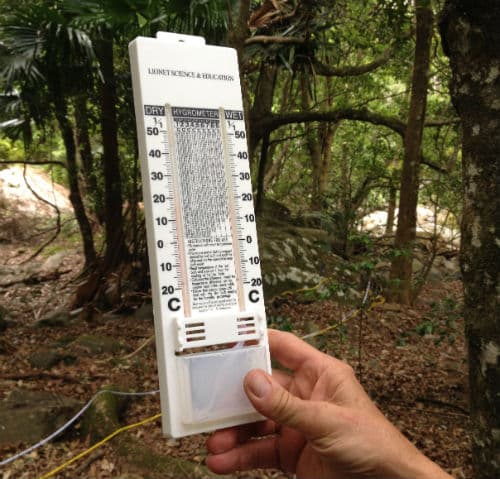
How humid is it?
Highlight the difference in temperature, wind speed, humidity or even air pressure between your home or school with that of the area you’re paddling. Is reading different? Why? If you have a data logger you can record this information quite easily, or alternatively, there are several science apps for smartphones that will also help you out.
Kayaking gives you the opportunity explore areas that may be inaccessible via bushwalk and their design allows you to be able to not only take ample provisions but also some simple equipment for your kids can use in their environmental explorations. Below is a list of the sorts of things they could take:
Simple field equipment you could take kayaking
This list can be easily shared amongst several kayaks
- Binoculars
- Notepad, pencil and field guides … put these in a Zip-loc plastic bag
- Smartphone also in a Zip-loc bag to use for recording bird calls, taking photos and notes
- A Secchi disc made from string and laminated paper
- A homemade insect pooter and a jar to collect insects
- A measuring tape, ice cube trays and a dip net
- Thermometer, anemometer, barometer and hygrometer
- Water quality sampling chemicals from a pool store
- Large sample bags for plant specimens (you can later use a homemade plant press for your herbarium collection)
Safety tips for a day trip kayaking
- Wear a life jacket
- Paddle a kayak with a friend
- Let people know where you are going and when you’ll be coming back.
- Bring sunscreen, a hat and insect repellent
- A first aid kit and a map
- A smartphone (don’t rely on this if you’re in an area with low cell phone reception)
- Food and water in a dry bag is a good idea too!
Kayaking is a fun activity and one that kids will remember for a long time. It doesn’t have to be a massive expedition and the science lessons can be kept quite light if needed – besides, the prime reason for taking kids kayaking is to keep them in touch with their environment and to get them outdoors. Still, it doesn’t hurt to slide a little more extra knowledge in when they’re not looking!
Happy teaching,
NEW Primary science teaching book!
“Be Amazing! How to teach science, the way primary kids love”







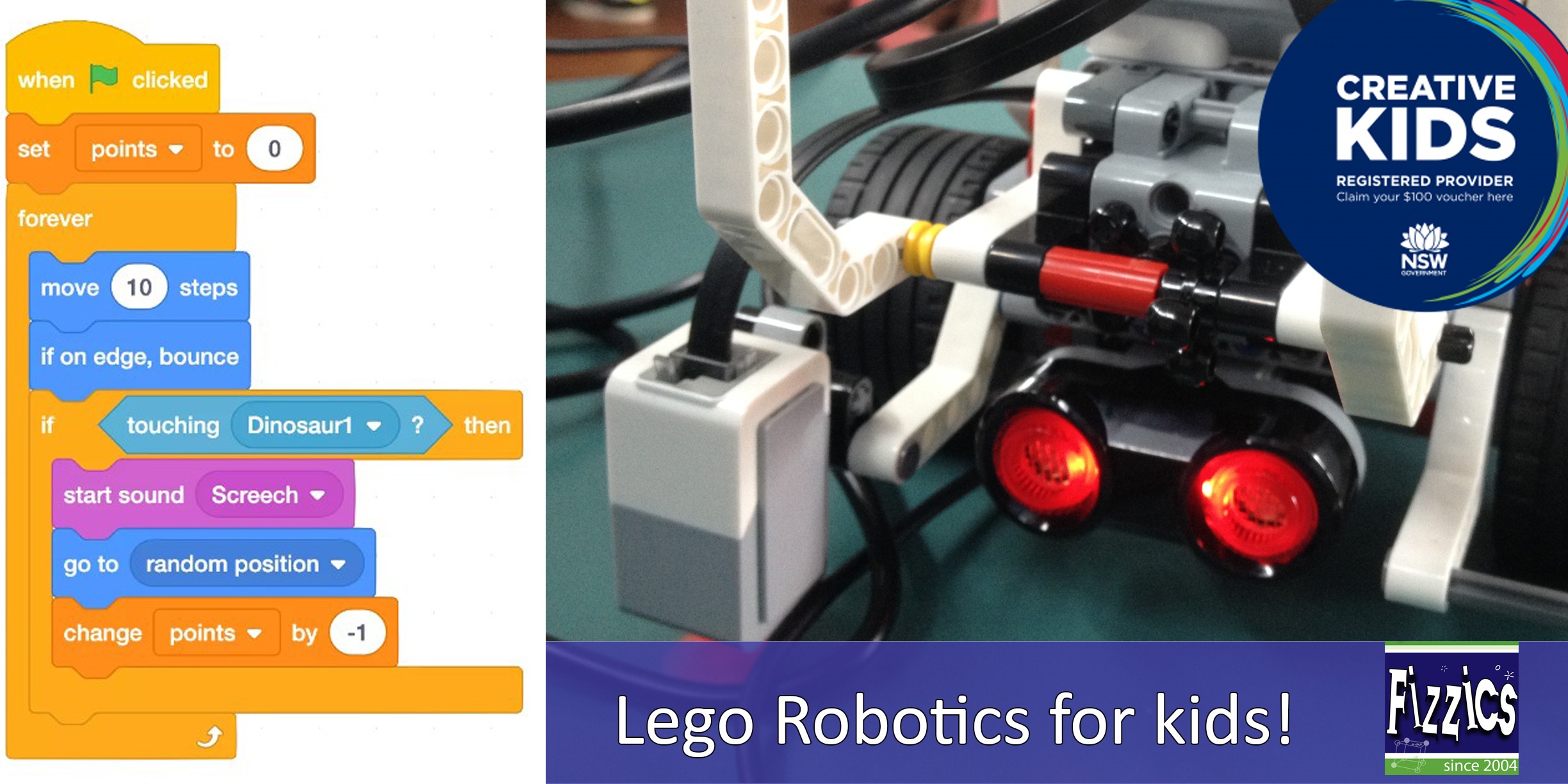
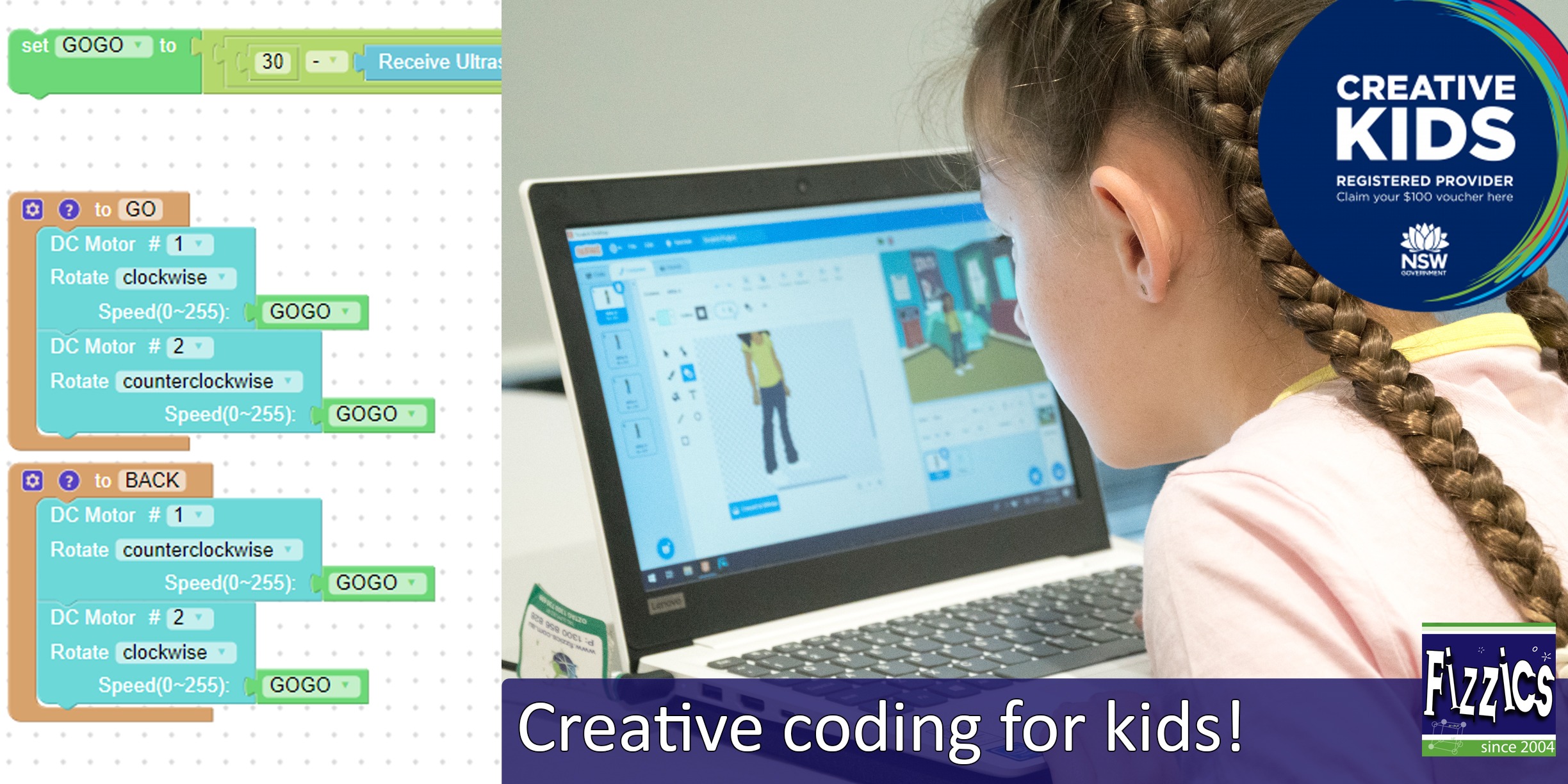
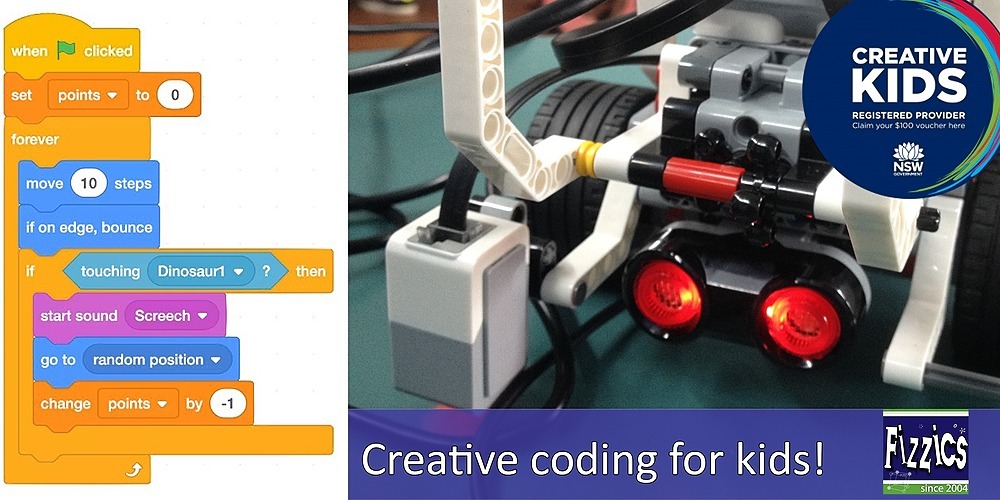
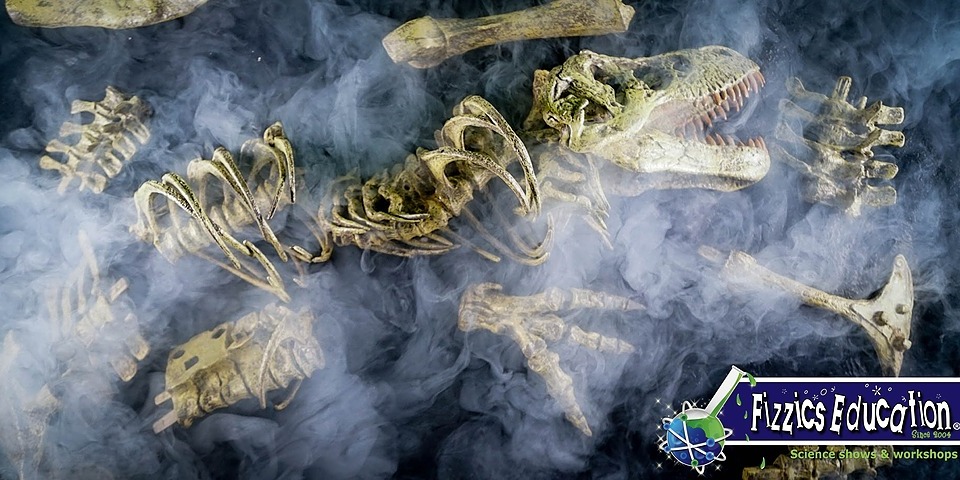













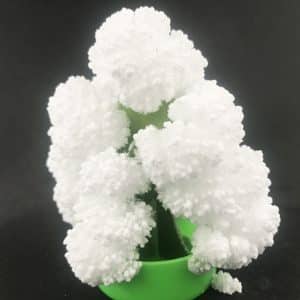


Comments